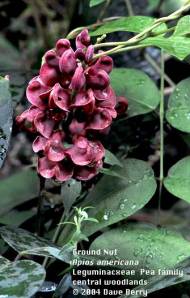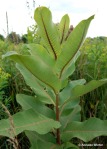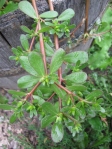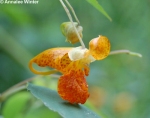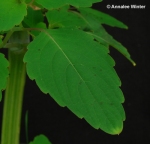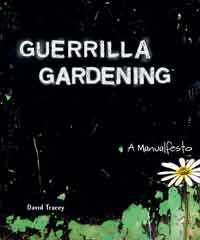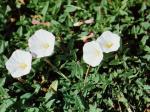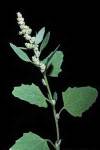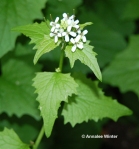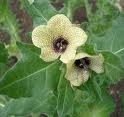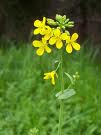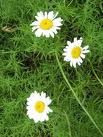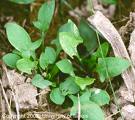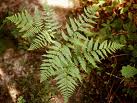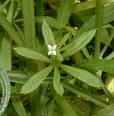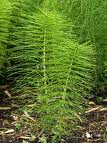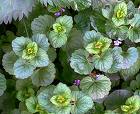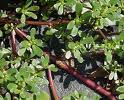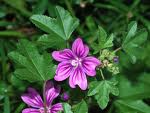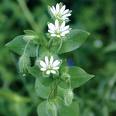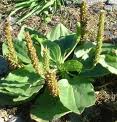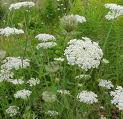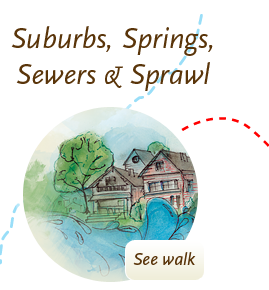 Last week in the garden I received a memorable lesson on both nature and native plants. The root of this lesson was an embarrassing and dirty little secret – there are rodents living in the garden. I haven’t mentioned it before because its been a source of shame for me and the garden. Urban rodents carry with them a legacy of disease, filth, and a general gross-out factor; scurrying and skulking being two of their most prominent activities. The mice or rats, whatever they are, that are living in the garden have apparently been there for years. It makes sense, as opposed to their cousins living in sewers or inside a wall, these rodents seem healthy and clean. The garden is a wonderful environment for them, lots to eat, frequent watering, many places to hide. In fact, as I’ve done some research I’ve found that those three factors – food, water and shelter– are the major requirements for rodent populations. Get rid of any one and your rodents will leave too.
Last week in the garden I received a memorable lesson on both nature and native plants. The root of this lesson was an embarrassing and dirty little secret – there are rodents living in the garden. I haven’t mentioned it before because its been a source of shame for me and the garden. Urban rodents carry with them a legacy of disease, filth, and a general gross-out factor; scurrying and skulking being two of their most prominent activities. The mice or rats, whatever they are, that are living in the garden have apparently been there for years. It makes sense, as opposed to their cousins living in sewers or inside a wall, these rodents seem healthy and clean. The garden is a wonderful environment for them, lots to eat, frequent watering, many places to hide. In fact, as I’ve done some research I’ve found that those three factors – food, water and shelter– are the major requirements for rodent populations. Get rid of any one and your rodents will leave too.
This is where the native plants come in. Eglinton Park Community Garden started out as a partnership with Seeds of Diversity as a garden to showcase and preserve seed from native species. Our native plant bed continues to thrive, though when I started here in March none of the original players in developing the garden remained on staff. This left me hesitant to weed or maintain the bed for fear of killing off a rare heritage something-or-other, so inevitably the bed has become overgrown; a perfect habitat for sneaky rodents.
Enter Helen Mills. One of the original creators of the garden, Helen holds the knowledge of not only what’s in that bed, but why it’s there, its medicinal uses and historical importance. Helen is an important figure at TGC, but one I hadn’t met until recently because of late she’s mostly involved with our Lost River Walks program. This program is one of our most important, it takes people on walks through areas of the city where rivers were paved over as the city expanded. The walks are a fascinating combination of history, environmental stewardship, and an introduction to water issues and urban geography.
The walk Helen gave us last week in Eglinton Park told us the history of the park since the end of the Ice Age. We learned that the hilltop had been the centre of a Wendat settlement, the hillside a source of water and clay for pottery, and that the valley had been used to grow corn, beans and squash hundreds of years ago. The nearby Orchard View Blvd got its name from the orchards that covered the hillsides decades later when Yonge and Eglinton was a farming centre and the breadbasket of the country. According to Helen, centuries old pear trees can still be found near the park boundaries, a remnant of these old orchards. She went on to describe the importance of the crops found in the native plant bed and their role in Canadian history, from the groundnut, which was one of the first crops consumed by settlers, to the fleur-de-lys, used by Voyagers who marked trails with their bright yellow blossoms. An upcoming native plant post will go into further detail about the plants we have there and their uses, for those of you who want to know more.
At the end of her talk, Helen let me know that most of the natives growing in that bed were so hardy that they could survive any pruning I could throw at them, and that they would actually benefit from receiving a strong cutting back. This was the first step in my liberation from the rodents, knowing that I can remove their shelter means that they’ll have to move on to greener (and hopefully distant) pastures.
The second step came as an interesting precursor to my discovery of the rich natural and agricultural history of Eglinton Park. As I stood weeding the raspberry patch and feeling desperate about the rodent population explosion and considering getting a garden cat for protection, I noticed an unexpected creature in the park. A large, raptor-like bird had landed on a nearby tree and was surveying the area. I returned to my work and a moment later the bird swooped – snatching up a mouse it had spotted from on high, and flying off into the distance. I almost cheered – what a great illustration of nature’s resilience. Even though humans have been in this park for centuries, taking it farther from nature with each passing year, mother nature could still come in with a quick fix to my human-caused problem: nature’s mousetrap!
Got Mice? Get a Falcon!

